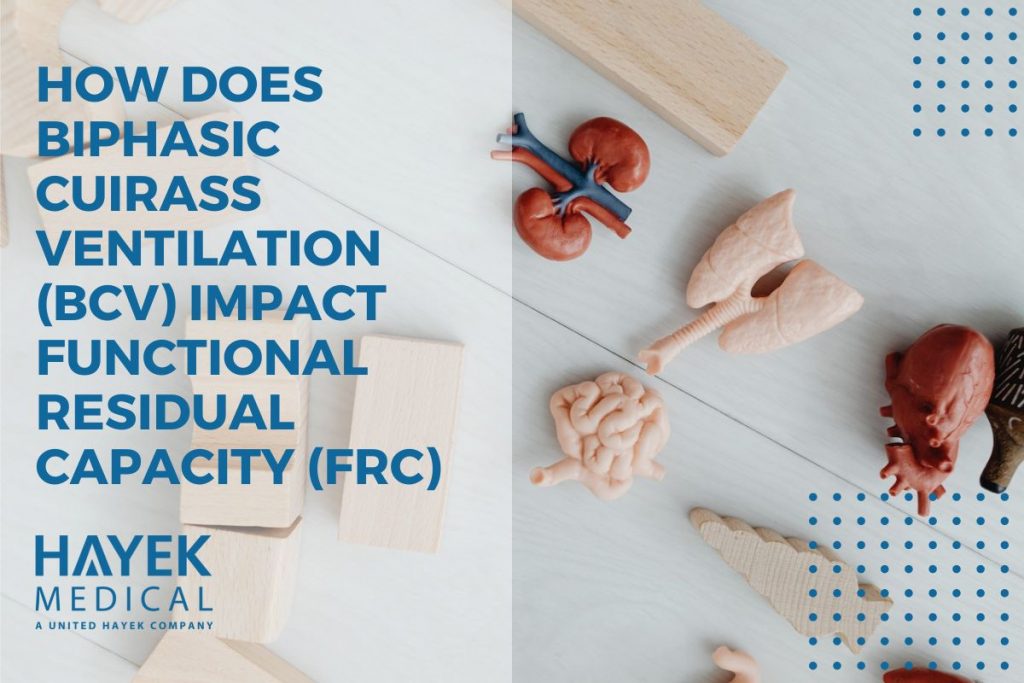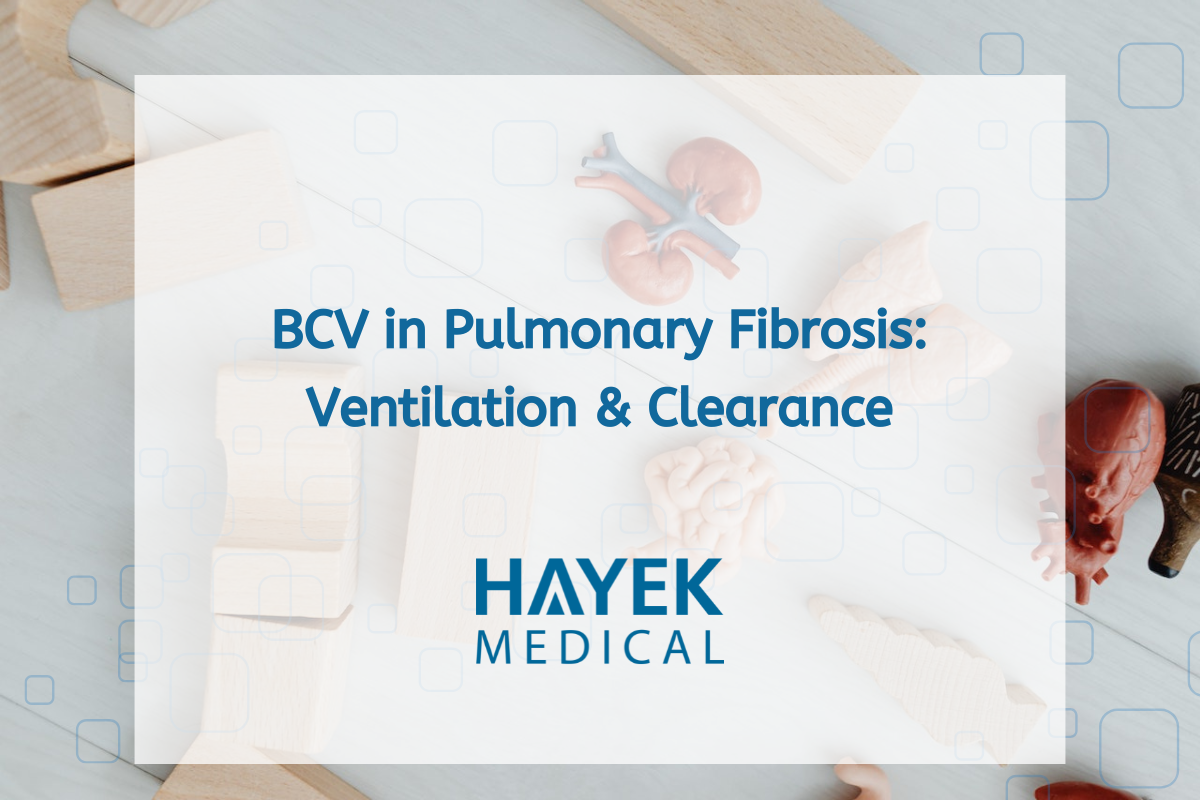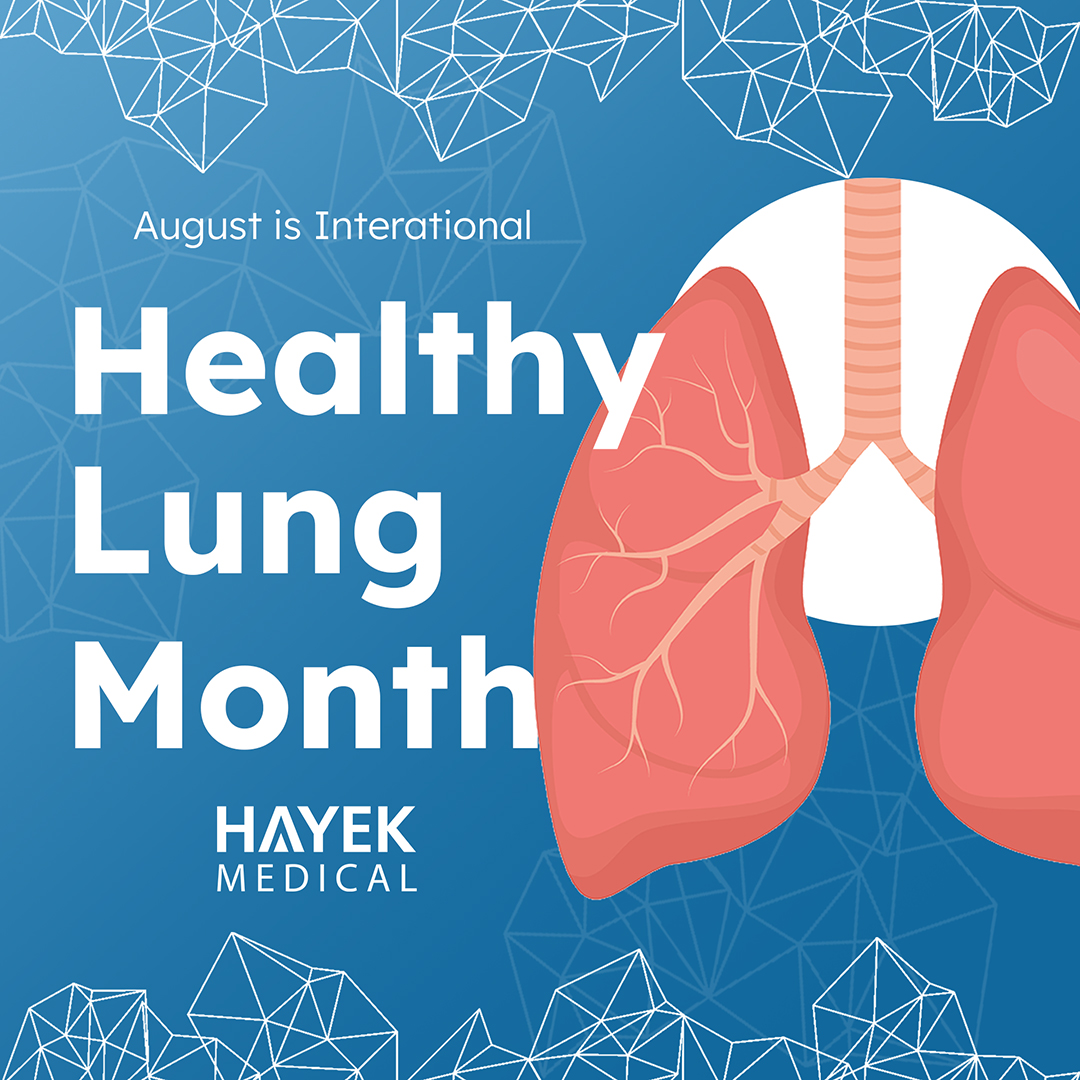
How Does BCV Work?
Biphasic Cuirass Ventilation (BCV) or continuous negative pressure cuirass ventilation (CNEP), facilitates normative inspiratory pressure(s) that correct FRC loss by moving the proper anatomy (intercostal muscles and diaphragm) into normal physiological position which “holds open” the chest wall and allows for volume loss, the true source of most respiratory impairments to be corrected.
Treating respiratory impairment with Biphasic Cuirass Ventilation (BCV) can include control, synchronized, and continuous negative extra-thoracic pressure (CNEP) to move intercostal muscles and diaphragm into a more normal physiological end expiratory position. This supportive negative pressure, which “holds open” opens the chest wall either cyclically or continuously depending on the mode used allows for the true source of most respiratory impairments to be corrected (volume loss). BCV enhances the natural negative trans-pulmonary pressure the body uses to create lung inflation.
For a Collapsed Lung:
In a lung with atelectatic collapse, as the FRC is normalized by the application of increased mean negative extra-thoracic pressure, alveoli (air sacs) begin to expand. Collapsed alveoli adjacent to inflated units are pulled open by elastic forces of each surrounding alveoli which immediately begins to restore normal airway pressures, enhancing oxygenation, correcting ventilation and perfusion mismatch and allow for an increased FRC, with a positive side effect of increased overall lung volume(s) and capacities.
According to a study done by the Department of Experimental and Clinical Sciences, University of Brescia:
“greater expiratory flow rates may be achieved just by increasing operating lung volumes, (i.e., moving progressively the end-expiratory lung volume (EELV) towards total lung capacity). In fact, the volume-related decrease of airway resistance and increase of elastic recoil are the only effective mechanisms to obtain higher expiratory flows in case of expiratory flow limitation.” ¹
The number one goal of all respiratory therapy related interventions is to restore normal FRC. The benefits include and are not limited to, increased expiratory flows, reduced compliance, hypoventilation, shunting, and hypoxemia.
BCV and Cardiac Output
BCV corrects the volume limitation in a different but more normative fashion than positive pressure ventilation (i.e. NIPPV, CPAP, or various IPPV modes). External negative pressure creates no internal strain against the cardiopulmonary system and can increase cardiac output. In typical PPV lung inflation, mainly the apices of the lungs are inflated causing them to push against the heart, decreasing left ventricular excursion, and vascular systems creating a tamponade effect. This can severely limit the safe amount of volume/pressure clinicians can use before significantly decreasing venous return and increasing pressures on the heart.
How is BCV different? – BCV creates lung inflation using negative pressure and has the opposite effect on the cardiopulmonary system, and does not create overdistension of lung regions. FRC is always normalized with the use of BCV.
¹Expiratory Flow Limitation Definition, Mechanisms, Methods, and Significance :
Tantucci C. Expiratory flow limitation definition, mechanisms, methods, and significance. Pulm Med. 2013;2013:749860. doi: 10.1155/2013/749860. Epub 2013 Mar 28. PMID: 23606962; PMCID: PMC3625607.





